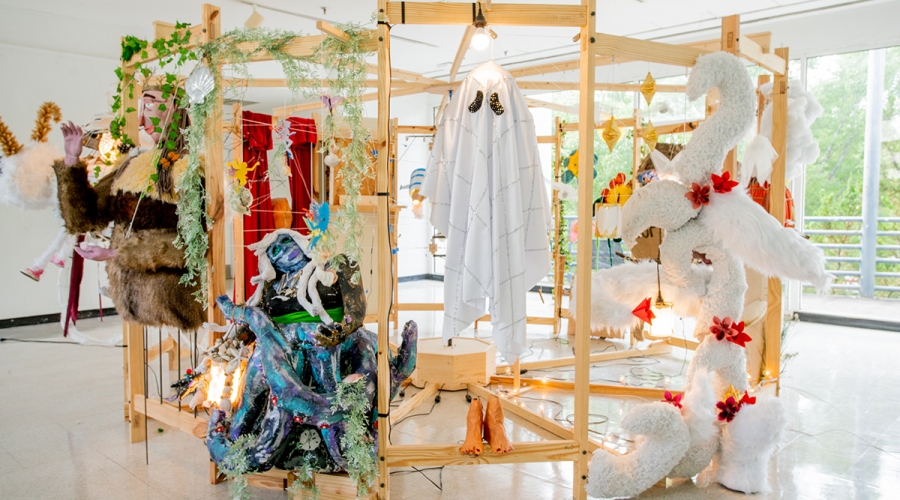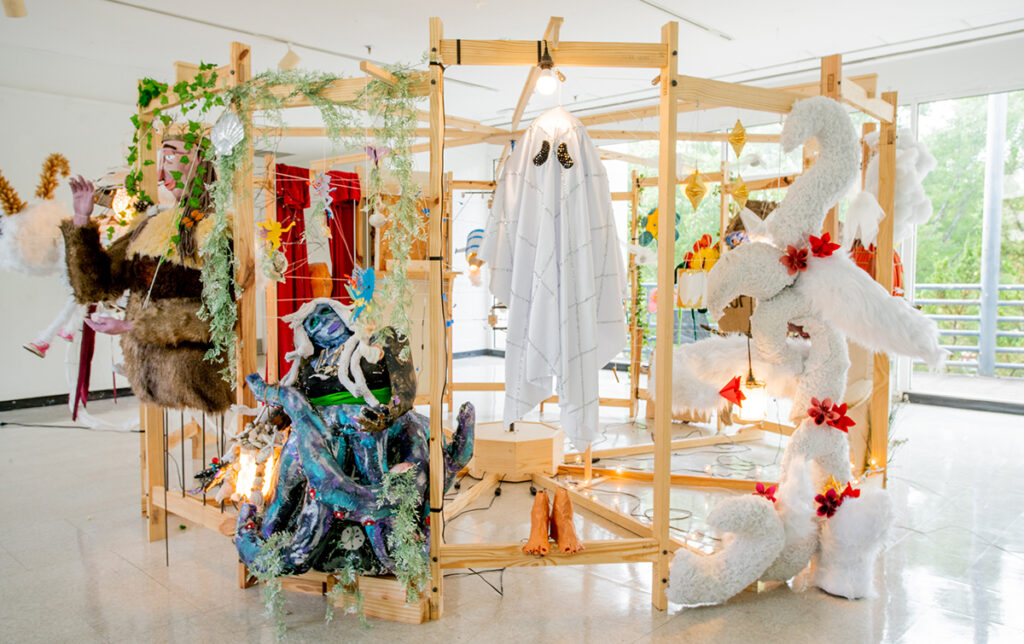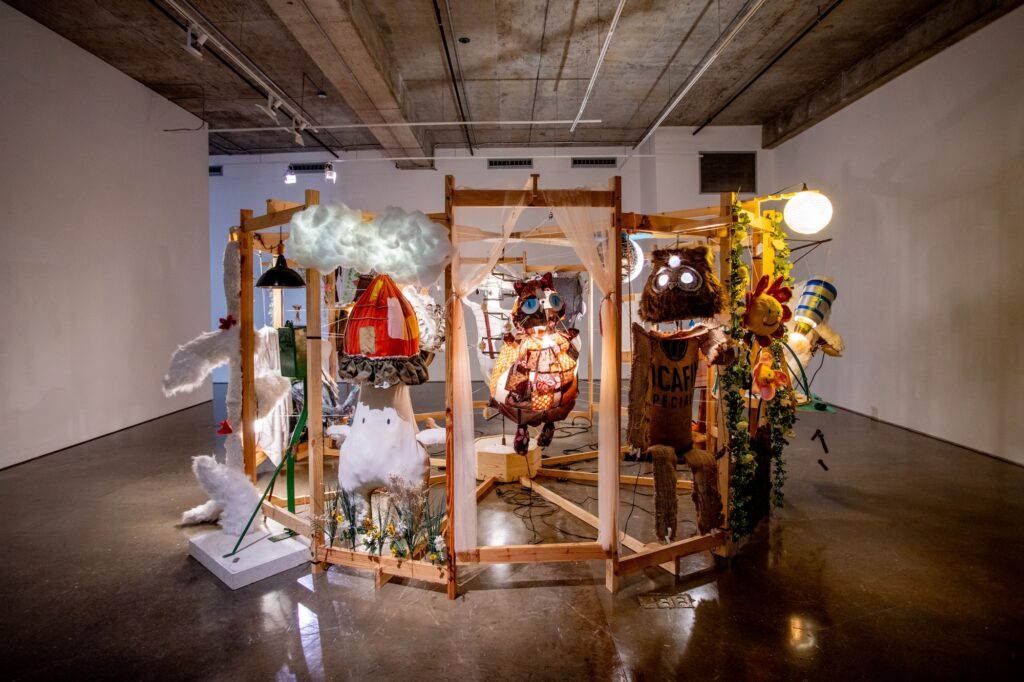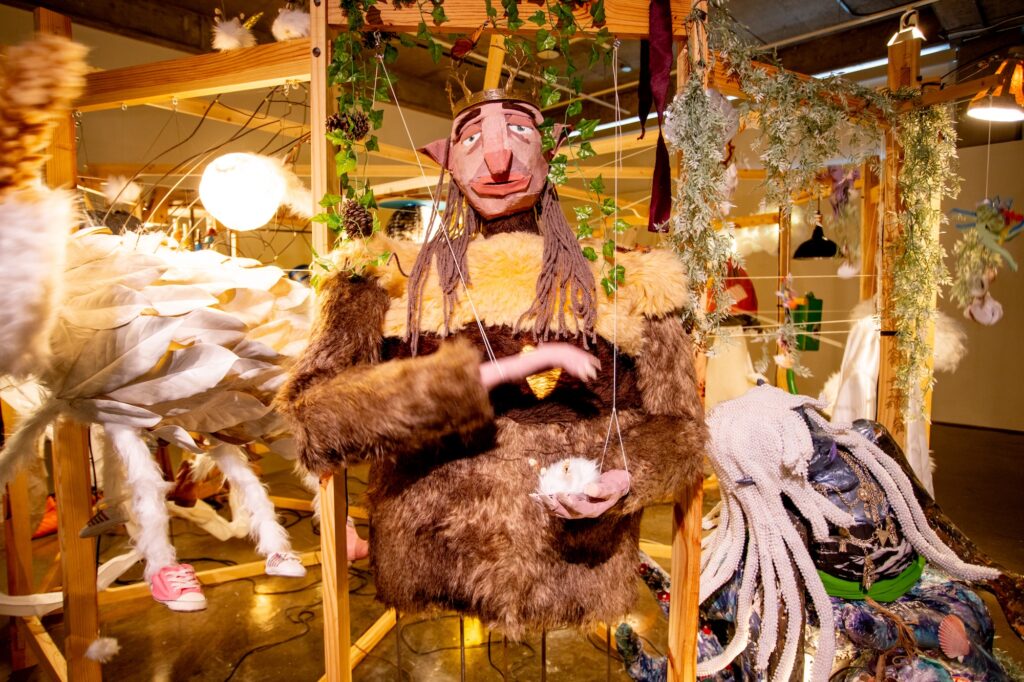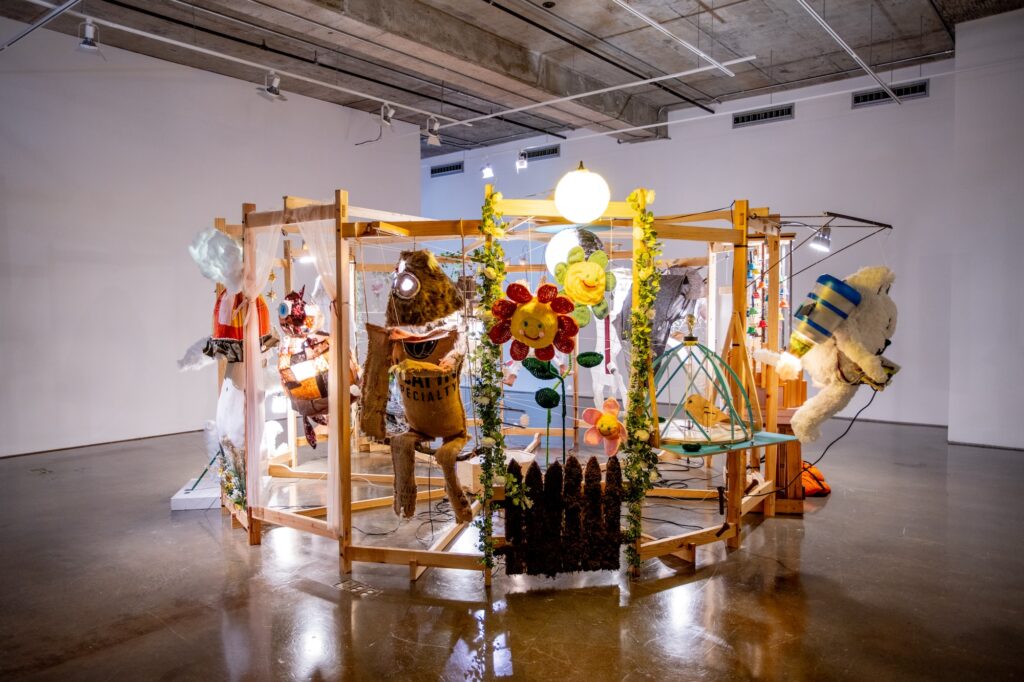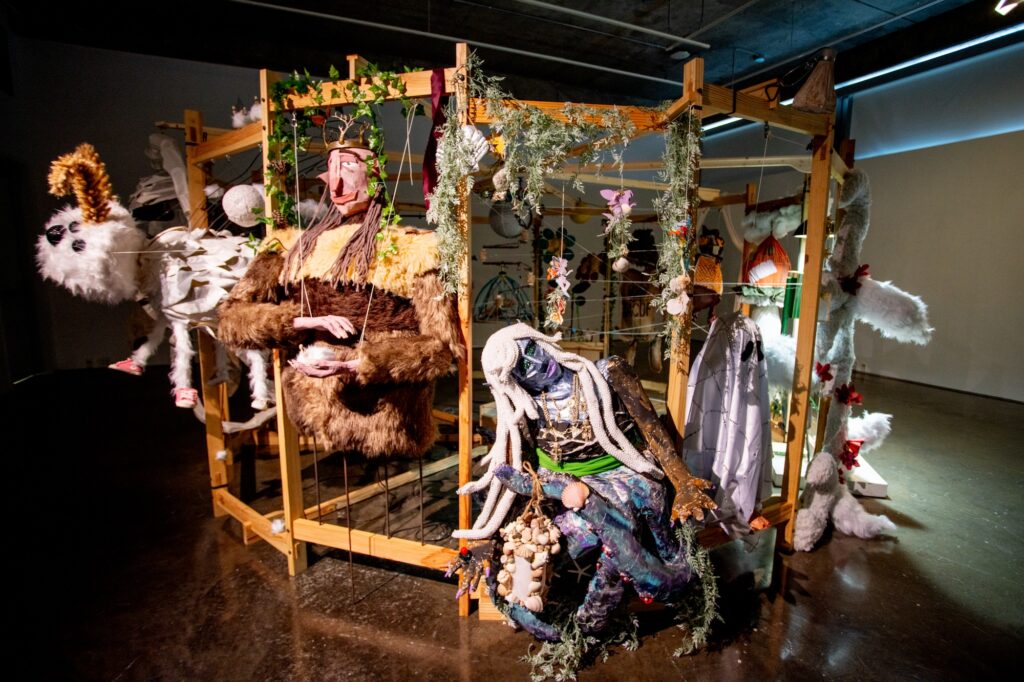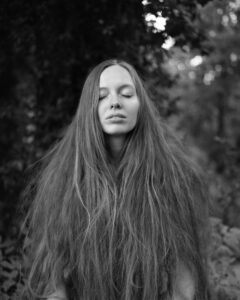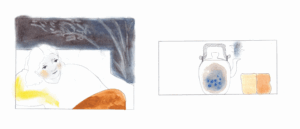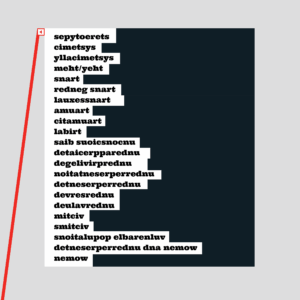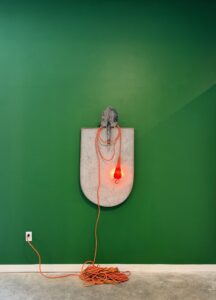Joining disciplines of engineering, language, music, philosophy, and (kinetic) sculpture/architecture, kindled in ancient times, right across the birth of the Renaissance (Filippo Brunelleschi), through the late Baroque (J.S.Bach), this group exhibition lands spot-on in our times, considering ways to move . . . Ingenium potis irritat Musa poetis; Bacche, soles Phoebo fertilis esse tuo. Propertius, Elegies,...
Joining disciplines of engineering, language, music, philosophy, and (kinetic) sculpture/architecture, kindled in ancient times, right across the birth of the Renaissance (Filippo Brunelleschi), through the late Baroque (J.S.Bach), this group exhibition lands spot-on in our times, considering ways to move . . .
Ingenium potis irritat Musa poetis;
Bacche, soles Phoebo fertilis esse tuo.
Propertius, Elegies, 4.6.75-6
When the makers are in their cups
The Muse stirs up their genius.
Inspired by HandsHouse Studio’s ‘Notre-Dame La Forêt’ model workshop and supported by the Willson Center for Humanities & Arts and the Lamar Dodd School of Art, this cooperative endeavor revolves around the creation of a large circular structure known as the Tambour or Drum. Serving as the first phase of the project, the Tambour will be followed by the addition of a Cupola or Dome in its second phase.
This stirring Tambour boasts a diameter of over 15 feet and a height of 8 feet, craftily constructed using the mortise-and-tenon method, ensuring its portability and adaptability. Counterpoint techniques scaffold the project. Each of the 16 sides of the tambour houses kinetic works alongside musical renditions played on the 25-bell carillon, all woven into the structure. Effective counterpoint demands two critical qualities: (1) a meaningful and harmonious relationship between the lines (a “vertical” consideration—i.e., dealing with harmony; Fibonacci’s sequence utilized as one of the tools for exploration, and the camshaft as a dynamic, “cold” manifestation), and (2) a degree of independence and individuality within the lines themselves (a “horizontal” consideration, dealing with melody; moving from pitch-to-pitch, point-to-point, cam-to-cam).
This exhibition marks the first unveiling of the initial phase of this collective venture that will span multiple courses, several semesters, and a couple of years. Originally comprised of seventeen collaborators, the group will expand as future classes and workshops delve into the project’s second part.
The dedicated makers and collaborators of Part I: The Tambour encompass various Degree programs, including Engineering, Ecology, Fisheries & Wildlife, Classics, Art Education, and Studio Art: Morgan Bryant, Rae Bumgardner, Emma Callicutt, Ben Elliott, Jackie Foley, Preston Harden, Guy Kemelmakher, Kate Luther, May Ly, Emma Mitchell, Keeta Moore, Gracie Pearson, Katryna Taylor, Hannah Walker, Peyton Ware, Martijn & Tess van Wagtendonk.
